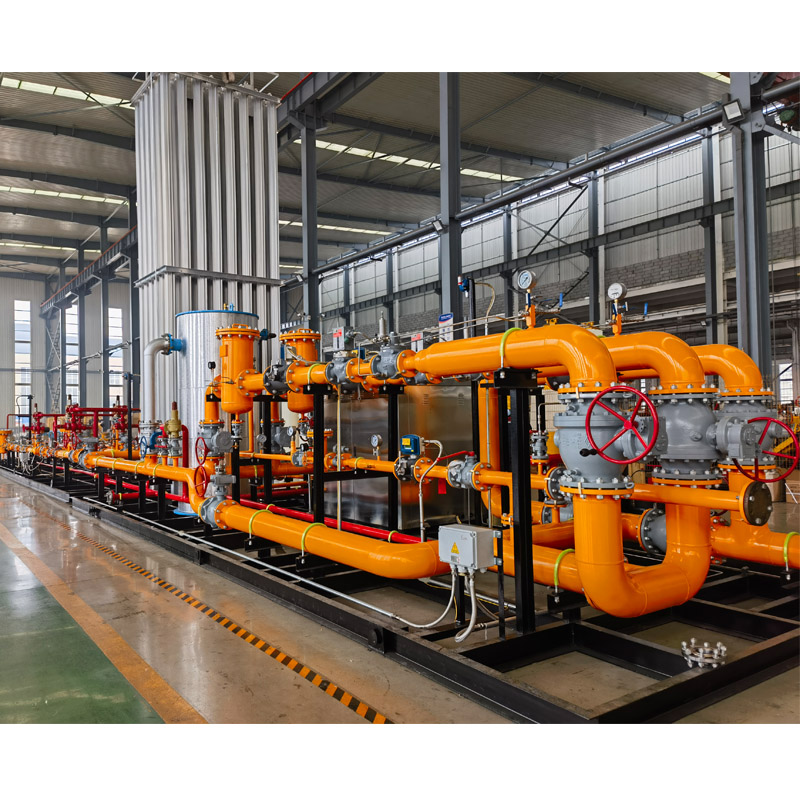
Nov . 08, 2024 14:21
Back to list
Understanding the Functionality of Pressure Control Valves in Fluid Systems
Understanding Pressure Reducing Valves
Pressure reducing valves (PRVs) are vital components in many fluid systems, playing a crucial role in controlling and stabilizing pressure in various applications. By maintaining a specific downstream pressure, these valves protect equipment, ensure safety, and enhance efficiency in systems ranging from simple household water supplies to complex industrial processes.
What is a Pressure Reducing Valve?
A pressure reducing valve is a mechanical device that automatically reduces the pressure of a fluid to a desired level. It functions by allowing high-pressure fluid from a source (like a pipeline or a tank) to pass through, and as the fluid travels through the valve, it is regulated to maintain a set lower pressure on the output side. This is essential in preventing damage to downstream equipment that may be sensitive to high pressures.
How Do Pressure Reducing Valves Work?
The operation of a PRV relies on a simple yet effective principle of mechanics. Inside the valve, there is a diaphragm that responds to pressure changes. When high-pressure fluid enters the valve, it exerts force on the diaphragm. If the downstream pressure exceeds the setpoint, the diaphragm moves, closing off the valve partially or completely to reduce the flow until the pressure stabilizes. Conversely, if the downstream pressure drops, the diaphragm opens up, allowing more fluid to pass through until the desired pressure is reached again.
Applications of Pressure Reducing Valves
Pressure reducing valves are found in a wide range of applications
1. Water Distribution Systems Municipal water systems often incorporate PRVs to control the pressure delivered to households, ensuring that it remains within a safe and usable range. This prevents pipe damage and optimizes water usage.
2. Industrial Processes In manufacturing and processing industries, PRVs maintain the correct pressure required for machinery and equipment to function efficiently, leading to increased safety and reduced wear on components.
pressure reducing valve

3. HVAC Systems In heating, ventilation, and air conditioning systems, PRVs are essential for regulating water and refrigerant pressures, ensuring optimal performance and energy efficiency.
4. Fire Protection Systems Fire sprinkler systems often use PRVs to manage the pressure of the water supply, ensuring it is sufficient for effective firefighting while not compromising the integrity of the system.
Benefits of Using Pressure Reducing Valves
The incorporation of pressure reducing valves in a system offers numerous advantages
- Protection of Equipment By controlling pressure levels, PRVs extend the lifespan of pipes, pumps, and other equipment, reducing maintenance and replacement costs.
- Safety High pressures can lead to catastrophic failures, including ruptures and leaks. PRVs mitigate these risks by ensuring pressure does not exceed safe thresholds.
- Energy Efficiency In systems where pressure regulation is crucial, PRVs boost energy efficiency by preventing excessive energy use and reducing wastage.
- Ease of Use Once set, most PRVs operate automatically, allowing for hassle-free maintenance of pressure levels without constant monitoring.
Conclusion
Pressure reducing valves play an indispensable role in various applications across different industries. Their ability to maintain stable and safe pressure levels not only protects valuable equipment but also enhances operational efficiency and safety. As technology advances, the design and functionality of PRVs continue to evolve, providing even more robust solutions for pressure management. Understanding their workings and applications can help end-users make informed decisions, leading to greater reliability and effectiveness in their systems. In essence, a pressure reducing valve is not just a component; it is a critical guardian of system integrity and performance.
Latest news
-
Safety Valve Spring-Loaded Design Overpressure ProtectionNewsJul.25,2025
-
Precision Voltage Regulator AC5 Accuracy Grade PerformanceNewsJul.25,2025
-
Natural Gas Pressure Regulating Skid Industrial Pipeline ApplicationsNewsJul.25,2025
-
Natural Gas Filter Stainless Steel Mesh Element DesignNewsJul.25,2025
-
Gas Pressure Regulator Valve Direct-Acting Spring-Loaded DesignNewsJul.25,2025
-
Decompression Equipment Multi-Stage Heat Exchange System DesignNewsJul.25,2025

